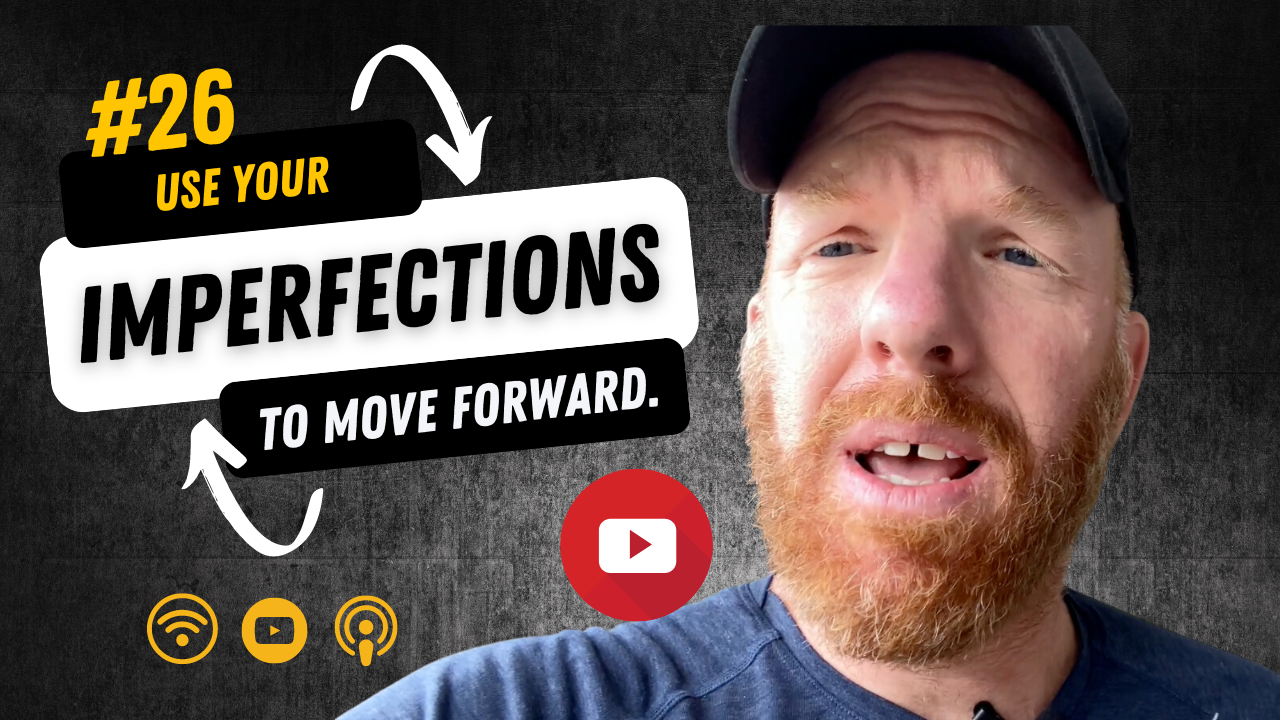Succession planning may not be the most glamorous topic in organizational management, but it’s critical to the longevity and success of any enterprise.
Whether you’re running a small startup or a multinational corporation, developing a comprehensive succession plan can mean the difference between a smooth transition to new leadership and a chaotic, uncertain handover of power.
In this guide, we’ll explore why succession planning matters, how to identify key positions and potential successors, and strategies for implementing and navigating your plan.
Understanding the Importance of Succession Planning
At its core, succession planning is about ensuring the continuity and strength of an organization over time. It’s about identifying and developing the next generation of leaders, anticipating future challenges and opportunities, and minimizing the risks associated with transitions in leadership.
Succession planning is a critical process that helps organizations prepare for the future and remain competitive in their industries.
One of the most significant benefits of succession planning is that it allows organizations to identify and develop their future leaders.
By identifying high-potential employees and providing them with the necessary training and development opportunities, organizations can create a pipeline of talented individuals ready to step into leadership roles when the time comes.
This not only ensures continuity in leadership but also helps to foster a culture of growth and development within the organization.
Why Succession Planning Matters
Succession planning isn’t a nice-to-have luxury. It’s necessary for any organization that wants to remain competitive and responsive to changing circumstances. By planning, organizations can avoid the disruptions and uncertainties often resulting from unexpected leadership changes.
Succession planning can also help organizations anticipate and prepare for shifts in the market or industry, identify and address skill gaps and talent shortages, and foster innovation and agility.
Moreover, succession planning helps organizations retain their top talent. Employees who feel that they have a future within the organization are more likely to remain engaged and committed to their work.
This can help reduce turnover rates and ensure the organization has a stable and motivated workforce.
The Risks of Not Having a Succession Plan
On the other hand, failing to engage in succession planning can put organizations at significant risk. Without a formal succession plan, organizations may struggle to find the right person to fill key roles, leading to a decline in productivity and morale.
Moreover, organizations may face legal and financial challenges if key personnel depart unexpectedly or retire without clear successors. This can lead to significant disruptions and uncertainty within the organization.
A lack of effective succession planning can jeopardise an organization’s long-term viability. Organizations that fail to plan for the future may find themselves struggling to remain competitive in their industries, losing top talent to competitors, and facing significant challenges when it comes to leadership transitions.
Identifying Key Positions and Potential Successors
Developing a successful succession plan is critical to ensuring the long-term success of your organization. Succession planning involves identifying key positions within your organization and evaluating potential successors for those roles.
By doing so, you can ensure that your company is prepared for any leadership changes and can continue to thrive even in the face of unexpected challenges.
Assessing Your Organization’s Needs
The first step in developing a successful succession plan is identifying which positions within your organization are critical to its success. To do this, evaluate your company’s mission, goals, and strategic objectives. Which roles are central to achieving these aims? What skills and qualities do these positions require?
For example, if your organization is focused on innovation, you may want to prioritize positions that require creativity and out-of-the-box thinking. On the other hand, if your company culture is focused on efficiency and cost-cutting, you may want to prioritize positions requiring strong analytical skills and attention to detail.
Once you’ve identified your key positions, it’s important to assess the current state of your organization. Do you have employees who are currently in these critical roles and who are performing well? Are there any skills gaps that need to be filled? Are there any employees close to retirement or who may be leaving the company shortly?
Evaluating Internal and External Candidates
Once you’ve identified your key positions and assessed your organization’s needs, it’s time to evaluate potential successors. This might involve looking within your organization for internal candidates, tapping into existing talent pools and evaluating current employees for leadership potential.
It might also mean looking outside your organization, considering the skills and experience of potential hires or industry experts.
When evaluating potential candidates, it’s important to consider various factors. Diversity is one key consideration. Ensuring that your talent pool full of potential successors is diverse can bring fresh perspectives and new ideas to your organization. Skills and experience are also important.
Look for candidates with a track record of success in similar roles and those with various skills that can be applied to different situations.
Finally, don’t be afraid to think outside the box when evaluating potential successors to key leaders. Sometimes the best candidate for a role may come from an unexpected background or have unique skills that make them an ideal fit.
By being open-minded and considering a range of candidates, you can ensure that your organization is well-positioned for long-term success.
Developing a Comprehensive Succession Plan
A successful organization can adapt and thrive even in the face of change. One of the most important aspects of this adaptability is having a comprehensive succession plan.
A succession plan ensures that the organization can continue operating smoothly even when key leaders and personnel leave or retire. This article’ll explore some key components of a successful succession plan.
Setting Clear Goals and Objectives
One of the most important aspects of a successful succession plan is having clear, measurable goals and objectives. These goals should be aligned with the organisation’s overall mission and vision and developed with input from key employees and stakeholders.
Once these goals have been established, setting realistic timelines for achieving them is important. This will help ensure that everyone is working towards the same result and that progress can be tracked and measured over time.
For example, one goal of a succession plan might be to identify and develop potential successors for key leadership positions within the organization.
To achieve this goal, the organization might establish a timeline that includes identifying potential succession candidates first, providing training and development opportunities, and tracking progress over a set period.
Creating a Timeline for Succession
In addition to clear goals and objectives, a comprehensive succession plan should include a timeline for implementation. This timeline should outline the specific steps that need to be taken to achieve the goals and objectives of succession plans that have been established.
It might include milestones for identifying potential successors, developing training and development programs, and tracking progress over time.
A clear timeline can help ensure that the succession plan stays on track and that progress is made towards the established goals.
It also provides a framework for communication and accountability, as stakeholders can track progress and identify any areas where additional support or resources may be needed.
Involving Stakeholders in the Process
Succession planning is not a one-person job. It requires input and collaboration from various stakeholders, including current leadership, HR teams, and potential successors. Involving all relevant parties in the succession planning strategy and process can help increase engagement and buy-in. It can also help ensure that all perspectives are taken into account.
For senior management roles, for example, involving potential successors in the planning process can help ensure they are aware of the opportunities available and feel invested in the organisation’s future.
Similarly, involving HR teams can help ensure the organization has the resources and support needed to implement the succession plan effectively.
Developing a comprehensive succession plan is essential to ensuring any organisation’s long-term success and sustainability.
By setting clear goals and objectives, creating a timeline for implementation, and involving all relevant stakeholders in the succession planning framework and process, organizations can ensure that they are well-prepared for any changes or transitions that may come their way.
Implementing Succession Planning Strategies
Succession planning is an essential process that ensures an organization’s operations continuity by identifying and developing potential leaders to fill key positions.
A well-crafted succession plan can help mitigate risks associated with unexpected departures or retirements and ensure a smooth leadership transition.
Leadership Development and Training
Developing and training potential successors is one of the most critical steps in any succession plan. It is essential to identify individuals with the right skills, experience, and potential to take on leadership roles in the future. This might involve providing leadership development programs, mentorship, and other learning and development opportunities.
Leadership development programs can help potential successors develop the skills and knowledge needed to lead effectively. These programs may include strategic planning, financial management, business strategy, communication, and conflict resolution training. Tailoring these programs to the needs and strengths of individual candidates is crucial to their success.
Mentorship opportunities can provide potential successors with guidance and support from experienced leaders. Mentors can offer invaluable insights and advice, helping potential successors develop critical skills and learn the ropes of their new roles. Shadowing opportunities can also be beneficial, allowing potential successors to observe current business leaders in action and gain hands-on experience.
Providing ongoing feedback and support throughout the development process is crucial to the success of any leadership development program. Regular check-ins and progress updates can help keep potential successors on track and identify areas where additional support or development may be necessary.
Mentoring and Knowledge Transfer
Another critical area to consider is knowledge transfer and mentoring from senior leaders. Experienced leaders can offer invaluable insights and guidance to potential successors, helping them develop critical skills and learn the ropes of their new roles.
Mentoring and shadowing opportunities can provide potential successors with hands-on experience and exposure to different leadership styles and approaches.
Encouraging open communication and dialogue between current and future leaders is essential to facilitate knowledge transfer. Encouraging current leaders to share their experiences, institutional knowledge, and insights with potential successors can help create a culture of learning and development within the organization.
Performance Management and Feedback
Finally, a successful succession plan requires ongoing performance management and feedback. Tracking progress and providing regular feedback can help keep potential successors on track and identify areas where additional support or development may be necessary.
Performance management can involve setting clear goals and expectations for potential successors, tracking their progress, and providing regular feedback on their performance. Celebrating successes along the way, both for individuals and the organisation, can help keep momentum and motivation high.
Succession planning is a long-term endeavour, and acknowledging progress and achievements can help keep potential successors engaged and motivated.
By implementing leadership development and training programs, providing mentoring and knowledge transfer opportunities, using talent management and offering ongoing performance management and feedback, organizations can ensure a smooth leadership transition and position themselves for long-term success.
Navigating Challenges in Succession Planning
Overcoming Resistance to Change
Implementing a succession plan can be challenging, especially in organizations where change is met with resistance. Communicate your plan’s benefits clearly to all stakeholders and address any concerns or objections head-on. Provide data and evidence to support your plan and ensure all parties understand what’s at stake.
Addressing Skill Gaps and Talent Shortages
If your organization is facing talent shortages or lacking necessary skills, it’s important to address these challenges head-on. This might mean investing in training and development programs, expanding your hiring pool to include more diverse candidates, or collaborating with industry partners to identify areas for innovation and growth.
Don’t let talent gaps stand in the way of your succession planning goals.
Ensuring Continuity and Minimizing Disruption
A final challenge is ensuring continuity and minimizing disruption during the transition process. This might involve creating contingency plans, developing protocols for managing unexpected departures or crises or providing additional support and resources to key personnel during the transition period.
Remember that the ultimate goal of succession planning is to ensure a smooth, seamless handover of power – anything you can do to make that process easier will pay dividends in the long run.
Conclusion
Succession planning is a complex and ongoing process, but it’s also one of the most critical aspects of organizational management.
By identifying your key positions and potential successors, developing clear goals and objectives, and implementing strategies for leadership development and training, performance management, and talent acquisition, you can ensure a smooth transition of power and position your organization for long-term success.
Don’t wait until it’s too late – start your succession planning process today.
Subscribe to The Lone Leader Newsletter
Every Wednesday morning, you’ll get 3 actionable tips to elevate your thinking, life and business to where they should be.


































